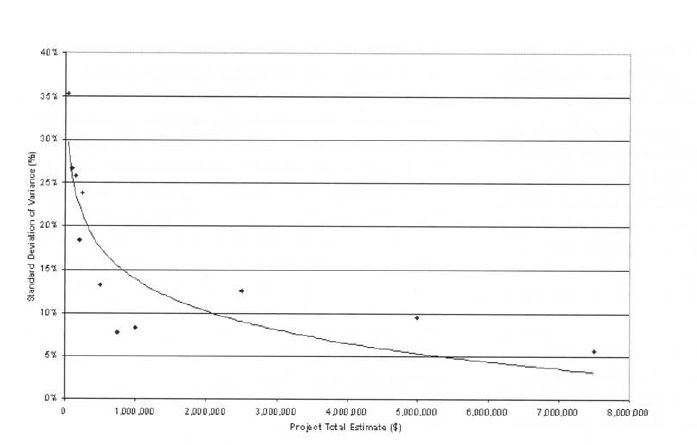

A study of 155 capital construction projects by an Australian energy company‡ (Gary Jackson at Queensland University of Technology) illustrates quantitatively the need for improvements in the calculation of contingency budgets for smaller projects. This research shows that smaller (under $1M) construction projects have much wider variance between the planned total budget and the final budget (due to underfunded contingency). An accompanying survey demonstrates that project managers do not have the time or permission to perform more formal and rigorous risk assessment, on these smaller projects.
Even though these projects are smaller, the author makes a strong case that even informal risk assessment, would greatly reduce the financial risks to the construction company or owner’s representative, on these smaller projects.

‡“Contingency for cost control in project management: a case study”, Gary Jackson, School of Construction Management and Property, Queensland University of Technology, Australia. The full article can be found here.
